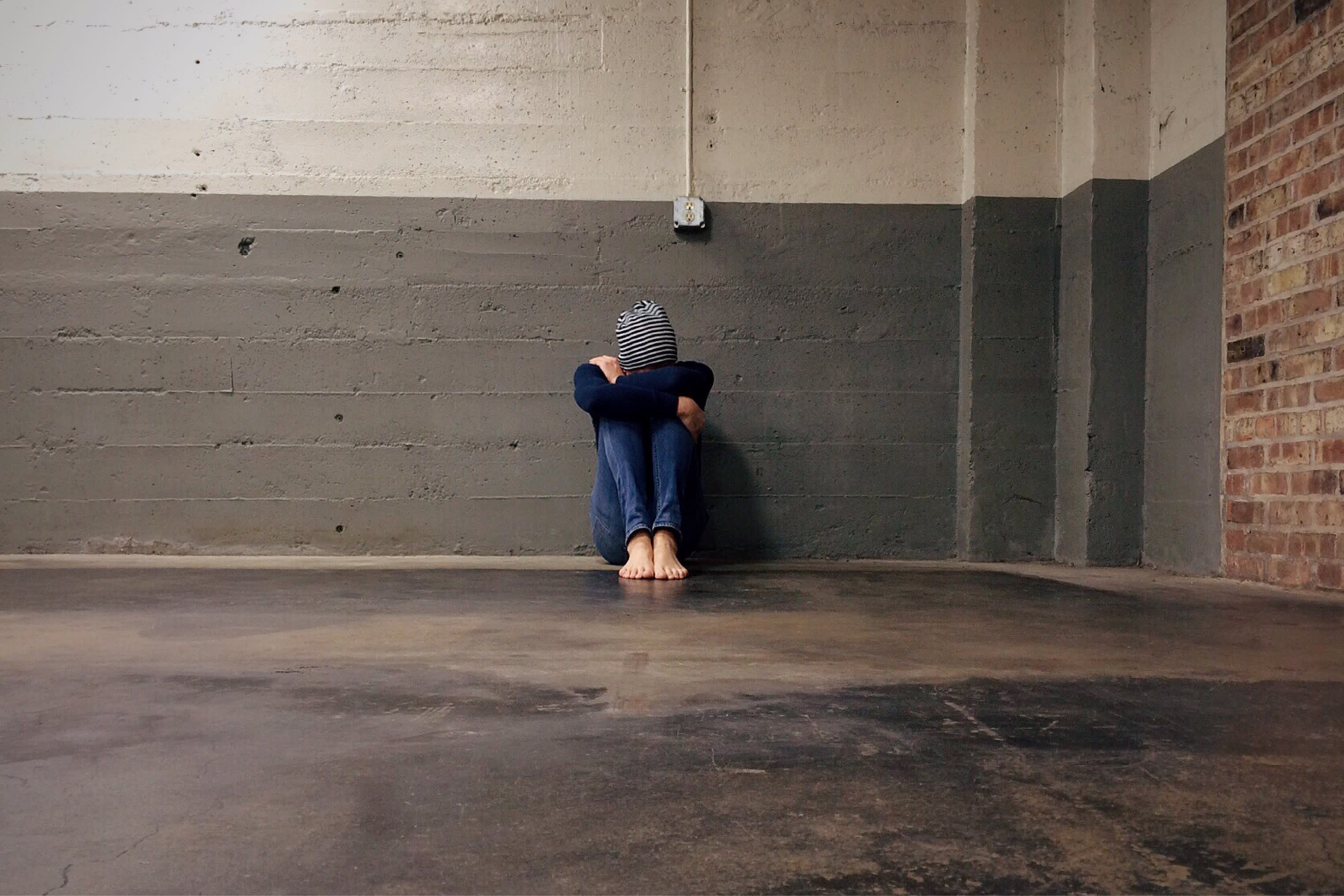

Two defining characteristics of a no-kill community are collaboration and collective responsibility. The ultimate goal for the community, as with individual shelters, is to save every animal who can be saved via mutually supportive systems that help the most vulnerable pets and their families. When every brick-and-mortar shelter serving and/or located within a particular county has reached a save rate of 90% or higher, we designate that community as no-kill. The goal is for every shelter, no matter what type of shelter it is, to make a clear commitment to lifesaving and transparency while working to achieve and sustain no-kill in philosophy and practice, rather than simply working to obtain a no-kill designation. For some shelters, particularly those offering care and services such as neonatal kitten programs or compassionate end-of-life services for residents with pets in under-resourced communities, the no-kill benchmark may be slightly below 90%. For many shelters, a true no-kill save rate may be closer to 95% (or higher). While the 90% benchmark offers a meaningful, consistent way to gauge progress, it is neither a floor nor a ceiling. What it means to be a no-kill animal shelter It is imperative that the community and local government provide their shelters with the support they need to succeed. Community-supported sheltering is the intersection among animal shelters, the community and government to support and leverage each other's resources to protect and serve the most vulnerable pets and their people in a community.įor far too long, the burden has been placed on shelters themselves to save the lives of the animals in their care. When animal shelters, governments and community members value the philosophical principles of no-kill and work together to implement systems and programs to uphold those principles, it is possible to achieve a community sheltering system in which euthanasia is performed only as an act of mercy. We'll need to continue to address the systemic issues that put pets at risk to ensure that every savable animal can be saved, and to alleviate suffering and preserve the human-animal bond. But first, we want to help every shelter in every community reach the 90% no-kill benchmark by 2025. The ultimate goal, however, is to ensure that every shelter has the resources to save every dog and cat who can be saved, whether that percentage is 90% or something else. Therefore, we designate shelters that meet the 90% save-rate benchmark as no-kill. Typically, the number of pets who are suffering from irreparable medical or behavioral issues that compromise their quality of life and prevent them from being rehomed is not more than 10% of all dogs and cats entering shelters. But it's helpful to have a way to clearly measure lifesaving progress as we move forward together, and that's where the 90% benchmark comes in.Ī 90% save rate for animals entering a shelter is a meaningful and common-sense benchmark for measuring lifesaving progress. No-kill, as a philosophical principle, means saving every dog or cat in a shelter who can be saved.


 0 kommentar(er)
0 kommentar(er)
